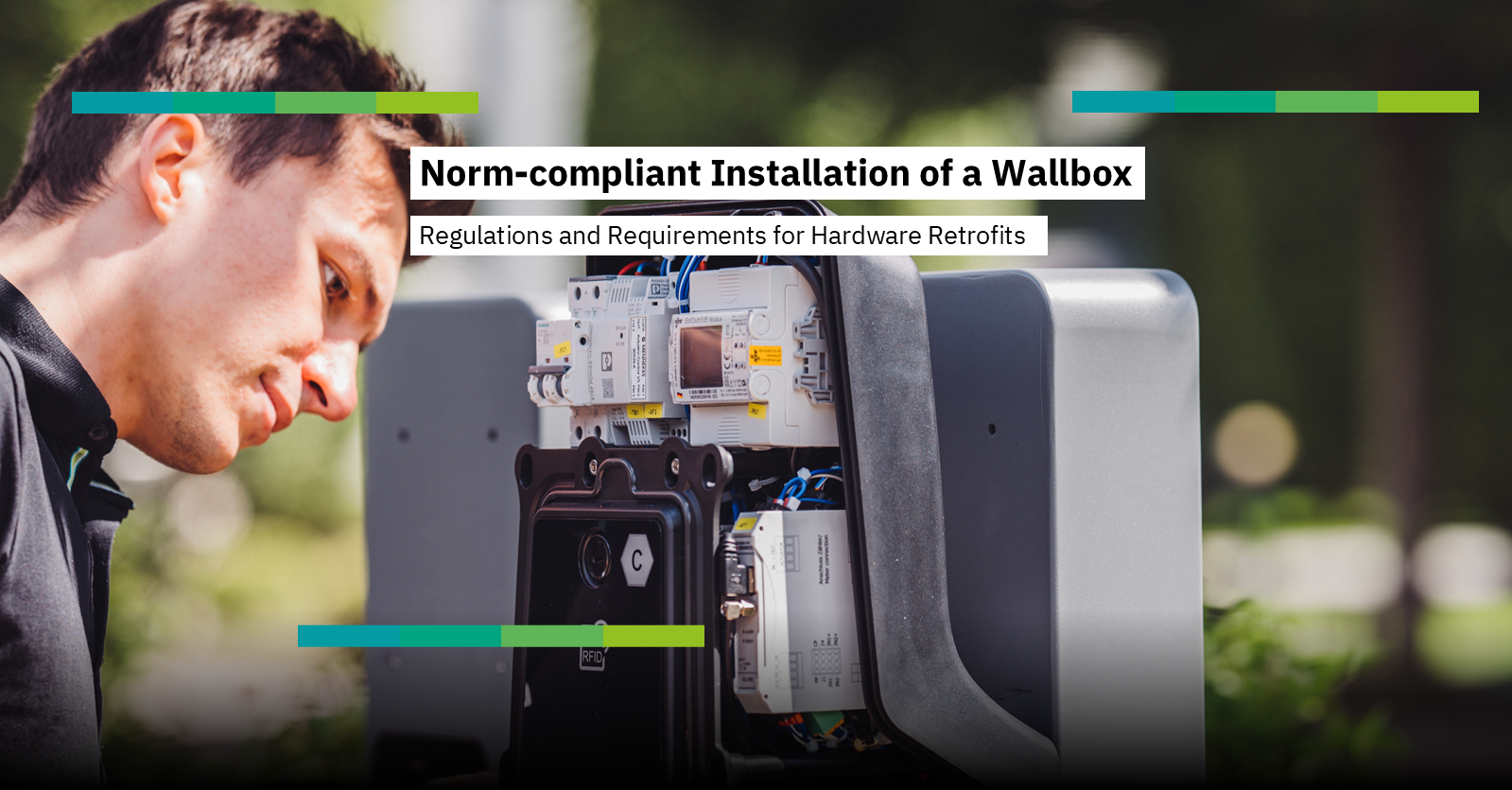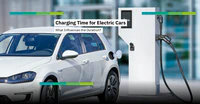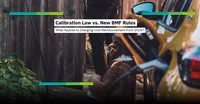The installation of a wallbox for electric vehicles is an essential step in optimizing the charging infrastructure at home or at the workplace. Numerous regulations and technical requirements must be followed to ensure a safe and efficient installation. Here, you will find everything you need to know about the norm-compliant installation of a wallbox and the prerequisites for hardware retrofits.
Disclaimer: This blog post is only for informational purposes and does not constitute advice or instructions. For professional installation and advice, please contact a qualified electrician or specialist company.
Power Supply and Connection Regulations
A norm-compliant installation begins with the correct power supply. A separate power line from a sub-distribution or main distribution board is required for the wallbox. The cable cross-sections to be used depend on the cable length and the power of the wallbox. In residential areas, there are two power classes: 11 kW and 22 kW. For more information on choosing the right wallbox, see our blog post: “Wallbox 11 kW vs 22 kW: Which Charging Power Suits Your Home? ”
The simultaneity factor of the circuit during the charging process of an electric vehicle is one, which means that the circuit load is at 100%. For an 11 kW wallbox, cables with a minimum cross-section of 2.5 mm² should be used; however, a cross-section of 4 mm² is recommended. For 22 kW wallboxes, the minimum cross-section is 4 mm², but 6 mm² is recommended. Depending on the cable length, larger cable cross-sections may be necessary.
Download our charge@home Guide now!
Our guide highlights the requirements for a home charging solution and explains what is needed to use it for legally compliant billing of company cars. Learn more about the installation of wallboxes, legal frameworks, and efficient billing solutions for home charging.
REQUEST GUIDE
Securing the Charging Station
Securing the charging station is another essential point. DIN VDE 0100-722 Part 7-722 describes the regulations for the power supply of electric vehicles. Each connection point must be provided with its own circuit. Each connection point must be secured by a residual current device (RCD) with a rated residual current of no more than 30 mA. Additionally, protective measures against direct current faults must be present. In most cases, a DC fault protection is already integrated into the wallbox. If this is not the case, an RCD type B is required in the power line to the wallbox.
In addition to personal protection through an RCD, a suitably dimensioned circuit breaker is also required, and an overvoltage protection is necessary for new installations.
Own circuit: Required for each connection.
Residual current device (RCD): Rated residual current no greater than 30 mA. RCD type B or type A in conjunction with a suitable device to shut off the power supply in case of DC faults > 6 mA.
Circuit protection device: Protection against overload and short circuit through a user-operable circuit breaker.
Overvoltage protection: Particularly necessary for new installations.
Selection and Installation of Electrical Equipment
When selecting and installing electrical equipment, the following points must be considered depending on the installation location. The protection rating should be at least IP44 for outdoor installations to ensure protection against splashing water and foreign objects. For installations with increased humidity, IP55 is required. UV-resistant cable ducts should be used for outdoor installations to protect the cables from mechanical damage. EV charging stations must comply with DIN EN 61851 series standards.
Protection rating: At least IP44 for outdoor installations, IP55 for increased humidity.
Cable routing: UV-resistant cable ducts. Appropriate cables for underground installation.
Compliance with standards: EV charging stations must comply with DIN EN 61851 series standards.
Cable dimensioning: For an 11 kW wallbox, a cable cross-section of at least 2.5 mm² is recommended. For a 22 kW wallbox, the cable cross-section should be at least 4 mm².
Registration and Load Management
Registration and load management are also crucial. Charging stations with a power of ≥3.6 kVA and <12 kVA must be registered with the grid operator. From 12 kVA onwards, the approval of the grid operator is required. From this power onwards, a control interface according to VDE-AR-N 4100 must also be provided. A load management system can avoid peak loads and reduce grid expansion costs, which is particularly useful in multi-family homes or power-based tariffs.
Registration requirement: Charging stations ≥3.6 kVA and <12 kVA must be registered with the grid operator.
Approval of the grid operator: Required from 12 kVA onwards.
Control interface: Required from 12 kVA according to VDE-AR-N 4100.
Requirements for the Charge Repay Service
The Charge Repay Service from Phoenix Contact allows you to legally account for the costs of charging company cars at home with any wallbox. This can be done either directly through a legally compliant wallbox connected to the service via an OCPP interface. Alternatively, retrofit hardware can be installed on simple, non-compliant wallboxes.
To use the Charge Repay Service, it is important that the wallbox is installed in compliance with regulations. Only when all legal and technical requirements are met can qualified electricians install the necessary retrofit hardware.
Conclusion
The norm-compliant installation of a wallbox requires the consideration of numerous regulations and technical requirements. From the correct power supply to securing the charging station to the selection and installation of electrical equipment – each step is important to ensure a safe and efficient charging infrastructure. By following these regulations and registering with the grid operator, you ensure that your wallbox meets legal requirements and operates optimally.




